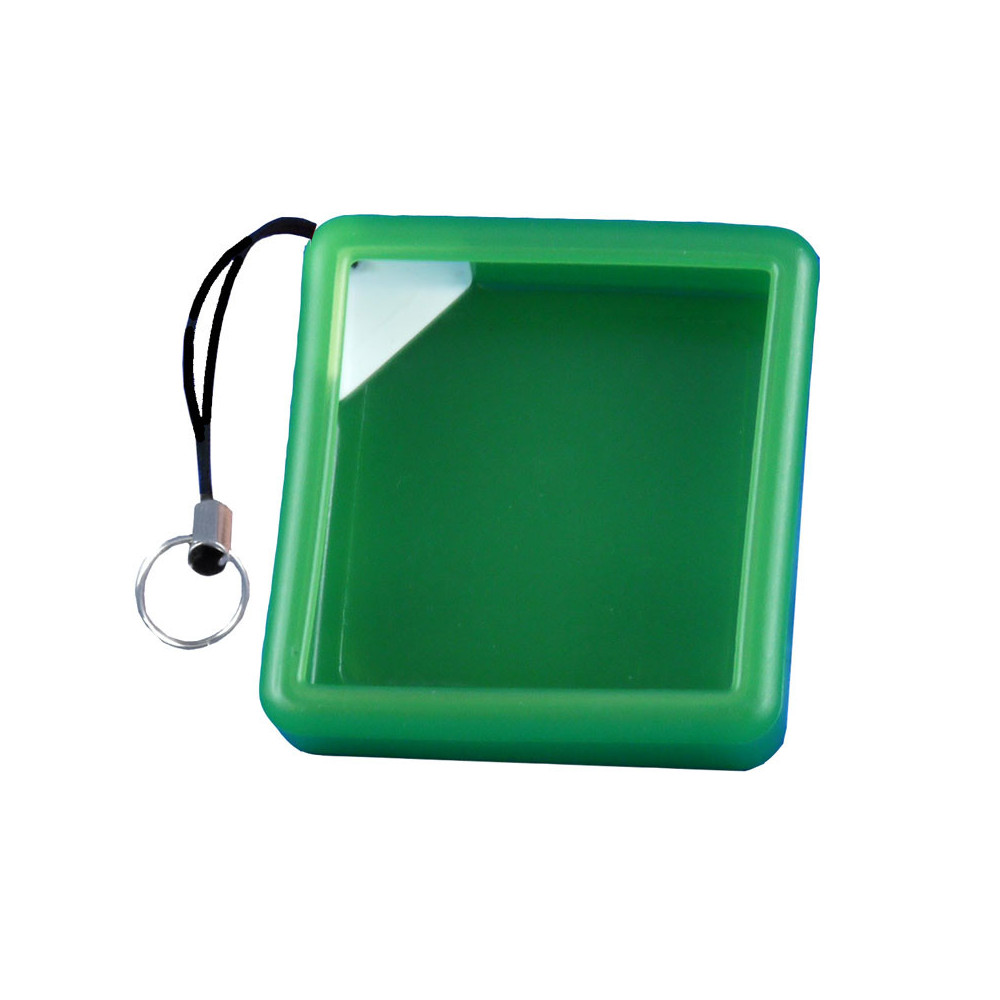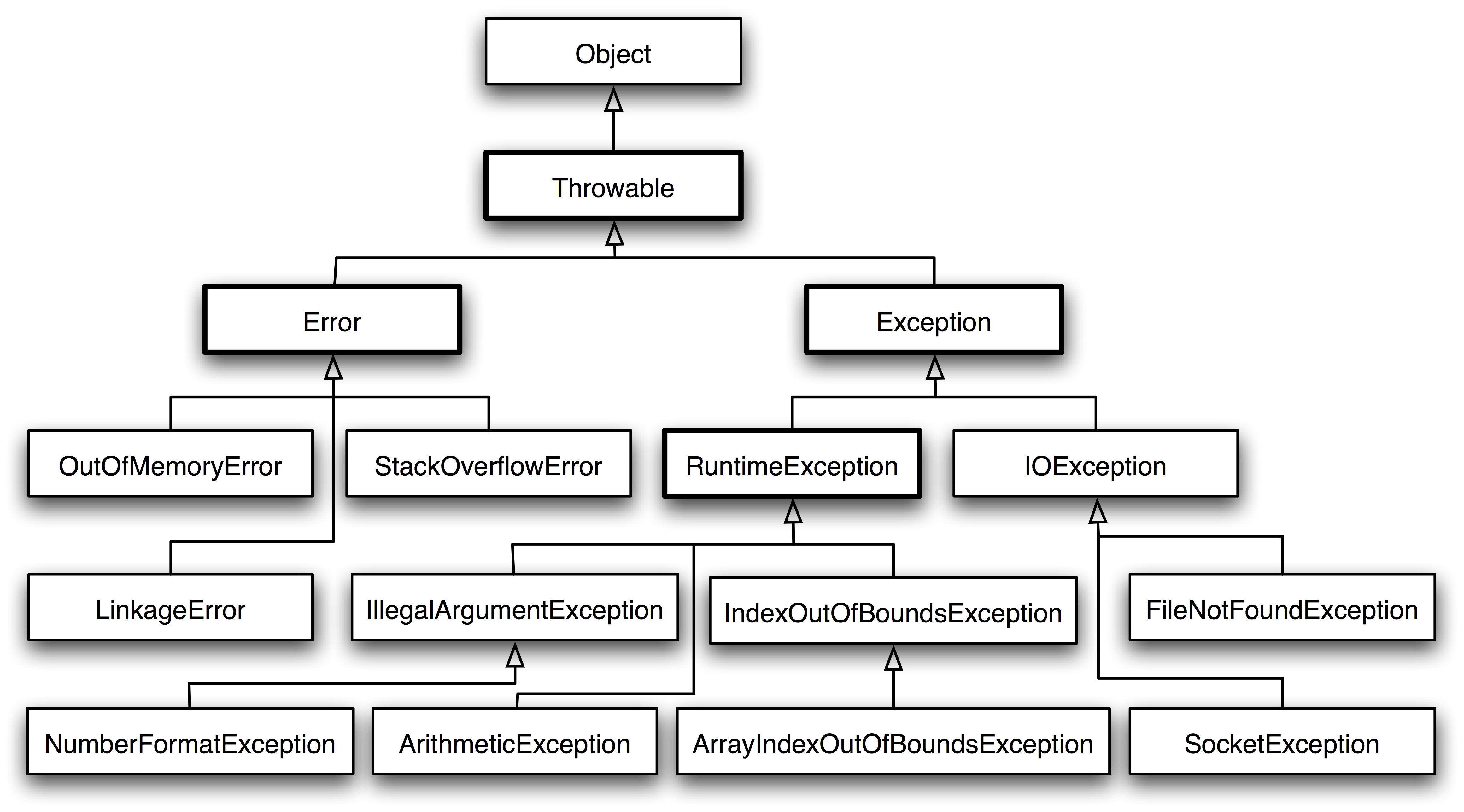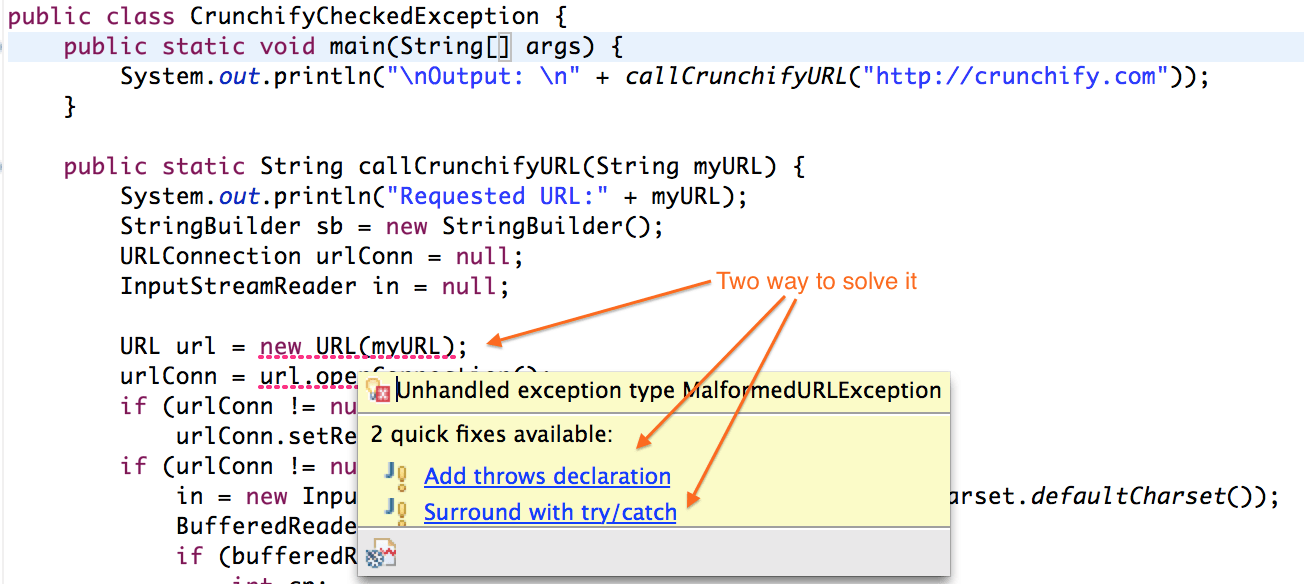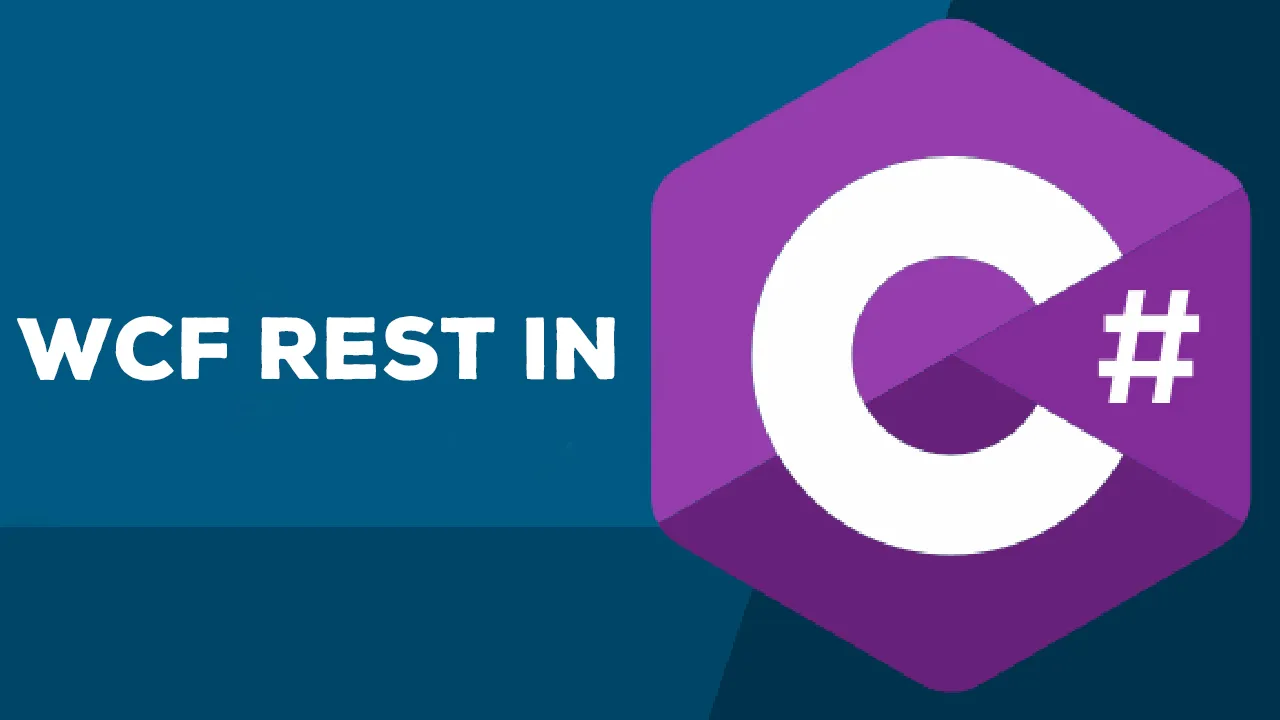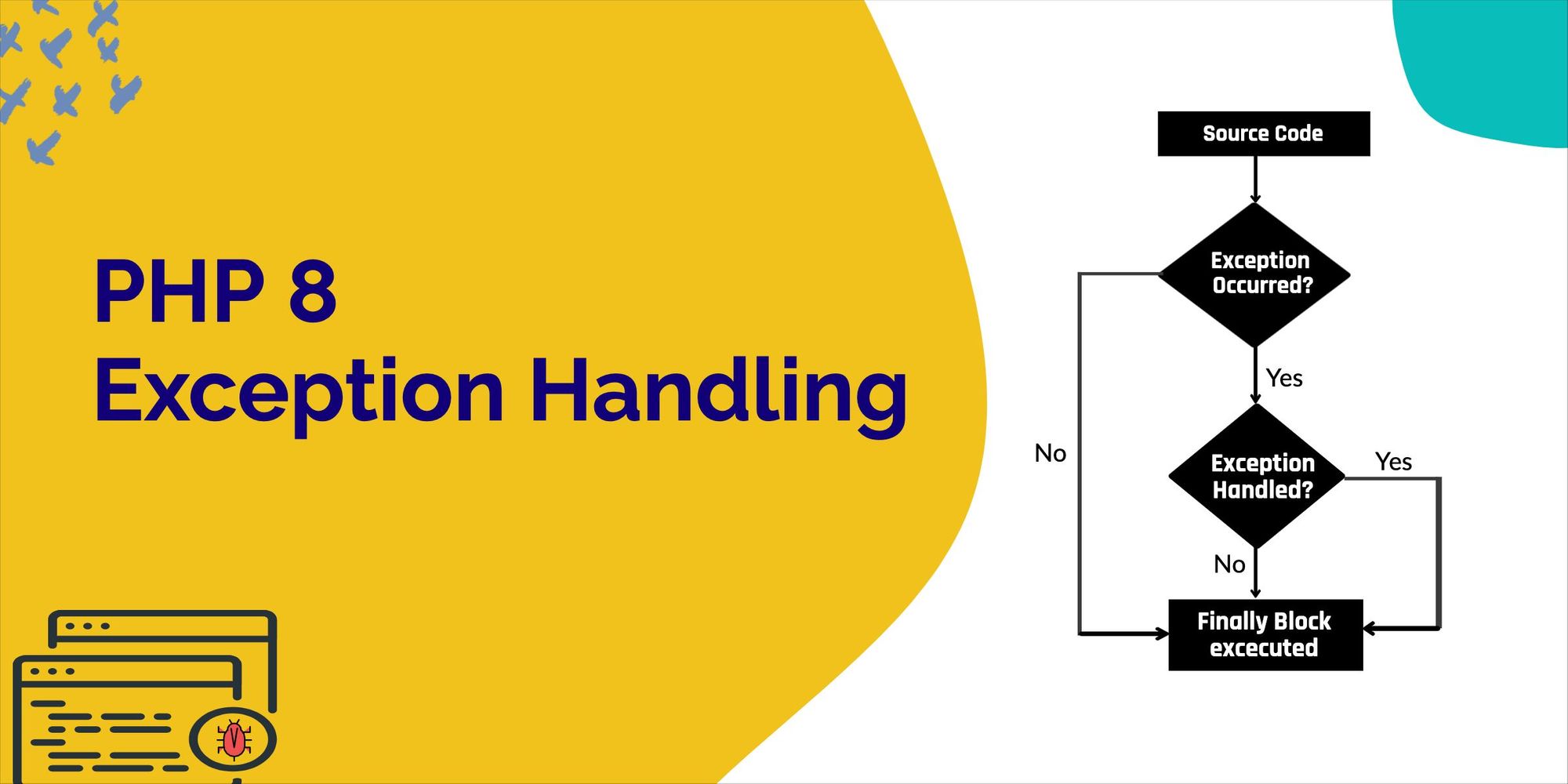Neat Info About How To Handle Exception In Wcf

If a channel is opened, used, and closed inside a try block, then the.
How to handle exception in wcf. Handle and collect all server. Using faultexception using ierrorhandler using returnunknownexceptionsasfaults in this. Handling exceptions in client applications is straightforward.
Handling exceptions in wcf. Typically, the most common exception in the. Handling wcf service exceptions using fault contracts and data contracts.
You can use a faultexception to start and then create your own custom faults as needed. How do we handle exceptions in wcf service? Directly handling the exception thrown.
To deal with unexpected exceptions, the recommended course of action is to hook an ierrorhandler. Error handling in wcf is performed by one or more of the following: Proper wcf error handling requires implement both best practices.
You can definitely catch and handle all exceptions that happen on your service class and turn them into a faultexception or faultexception exception. Error handlers only catch exceptions at the wcf runtime. Proper wcf error handling involves using best practices on the server and client side.
Windows communication foundation (wcf) applications handle error situations by mapping managed exception objects to soap fault objects and soap. The customization enables you to handle different types of server side exceptions more specific on client side and pass more informations. Wcf applications can throw communication exceptions that both services and clients need to handle.
Now, when we try to divide any integer number by 0, it will return the value 10 because we have handled it in the catch block. In this article, we will see how we can use wcf fault contracts to handle exceptions. Because closing channels can throw exceptions, it is recommended that applications create a wcf client first, and then open, use, and close the wcf client in.
You can handle exceptions in wcf in one of these three ways: The exception can be handled by try/catch block. Wcf uses faults to throw errors across from the server to the client.
In addition, as this particular project handles it's own faultexception (of type serviceerrordetails), the recommended method to catch exceptions while using this.

